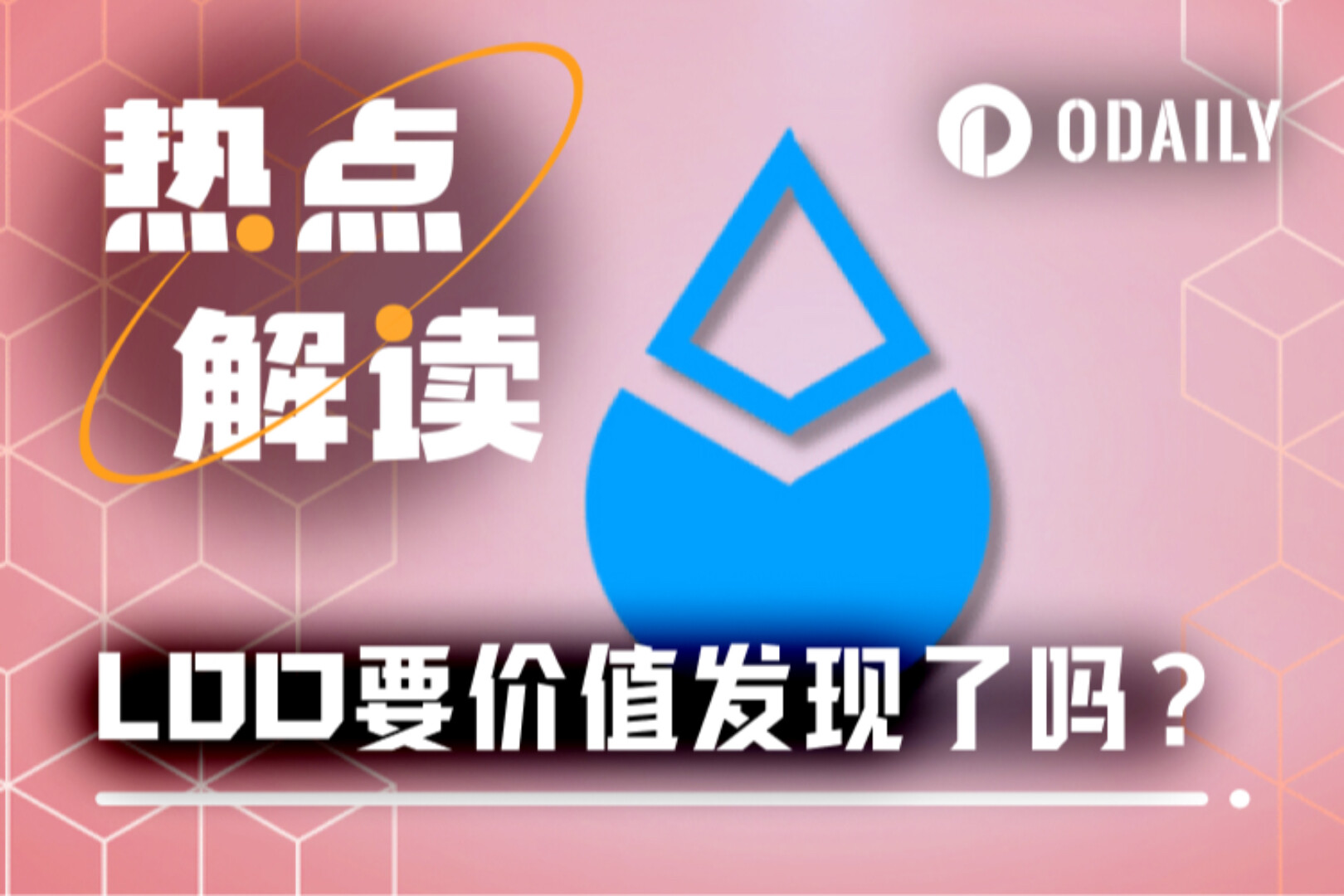No one would have thought that the top spot in Ethereum corporate holdings would be replaced within 35 days.
BitMine, the company behind the project represented by Tom Lee, did it: this small company, which was once unknown on the Nasdaq, increased its ETH holdings from zero to 830,000 through a PIPE financing and three rounds of structured increases, completing a comeback against SharpLink and becoming the world's largest ETH treasury.
This isn't just a battle of numbers; it's a clash of capital between two distinct lines of thought: SharpLink, a "crypto OG," slowly hoards coins and waits for a rise; BitMine, a "Wall Street power," cashes out while pushing prices higher. Low cost versus high leverage, a hoarding mentality versus narrative strategies—these are two worldviews in direct conflict.
They are not just different in the way of buying coins, but are vying for the answer to a question: in the next stage of crypto finance, who has the right to define the "price" of ETH?
We try to understand this quiet but drastic industry shift from multiple perspectives.
Why two lineages of ETH?
If BitMine represents a Wall Street-style structural raid, then the existence of SharpLink is precisely a continuation of the "ETH native" logic.
The difference between these two companies lies not only in their holding rhythms, disclosure methods, and narrative styles, but more importantly, they represent two completely different origins and purposes.
SharpLink — OGs have been hoarding their coins for too long and moving too slowly. A breakdown of SharpLink's shareholder base reveals a nearly complete spectrum of capital across the Ethereum ecosystem.
The first category is the original pedigree camp: ConsenSys (founded by Ethereum co-founder Joseph Lubin) controls core infrastructure such as MetaMask and Infura, and Lubin serves as Chairman of the Board of SharpLink. The second category is the infrastructure camp: Pantera, Arrington, Primitive, and others are deeply engaged in Layer 2, DeFi protocols, and cross-chain infrastructure. The third category is the financialization camp: Galaxy Digital, GSR, Ondo Finance, and others directly operate in the institutionalization, derivatives, and custody businesses of Ethereum, turning their holdings into manageable and value-added institutional assets.
This capital binding not only amplifies SharpLink's "ETH treasury" narrative, but also provides it with resource leverage in buying, staking, reducing positions, etc., and becomes a bridge for Wall Street to understand ETH.
The initial ETH holding structure also reflects this "OG attribute": it comes from internal transfers within the team wallet rather than the open market; the single purchase size is small, but the distribution cycle is extremely long; it emphasizes security, liquidity management and audit coordination.
According to financial reports and on-chain estimates, SharpLink's ETH holding costs ranged from $1,500 to $1,800, with some early holdings costing less than $1,000. As a result, its shareholder structure is highly structured by hoarders, making it unsurprising to see a natural sell-off when the price returns to around $4,000.
Moreover, as early as June 12, SharpLink submitted a document called S-ASR, the core content of which is that after the registration takes effect, the shares can be sold immediately.
This approach isn't wrong, but it naturally brings three problems: the OG team's "hoarding coin" mentality makes them more focused on the cost-benefit ratio, and once the coin price rises sharply, they are likely to trigger the urge to reduce their holdings; the information flow under the OG network is more closed-loop and cautious, and they are not inclined to actively play the narrative card; with on-chain operations as the priority, they lag behind in terms of financial report disclosure efficiency and capital market operations.
This is precisely the underlying reason why SharpLink seemed to be a step behind when faced with BitMine’s rhythmic “disclosure – financing – increasing holdings – price increase” strategy in the third quarter of 2025.

Vitalik Buterin Image source: coingecko
In contrast, BitMine entered the Ethereum market as a typical Wall Street investor. First, the PIPE financing structure itself is steeped in financial engineering: it utilizes a combination of cash, warrants, and ETH subscriptions; participants include mainstream US equity investors such as Galaxy Digital, ARK Invest, and Founders Fund; and its transparent chip distribution and lock-up period contribute to a stable valuation model.
The backgrounds of its board members offer a glimpse into this dynamic—many of them hail from investment banks, private equity firms, and hedge funds, and are familiar with PIPE financing, regulatory arbitrage, and the operation of refinancing cycles. In their eyes, ETH isn't a "digital currency," but rather a new type of financial asset that's "priceable, tradable, and cashable."
The difference between OG and Wall Street is not just a difference in rhythm, but also a conflict of motivation.
This forced Sharplink to start thinking, is OG's ETH alone not enough?
They seem to have given a new answer to this question - starting on August 7, they introduced new Wall Street institutional investors to participate in their $200 million registered private placement.
This is a "power transfer" of the Ethereum narrative: from the hands of OG, it gradually shifts to the hands of capital that can explain clear financial reports, tell good stories, and run a smooth structure.
BitMine may not necessarily dominate the future, but what is foreseeable is that the next round of ETH pricing will no longer be determined by the OGs in the cryptocurrency circle, but by whoever controls the narrative structure and can obtain more financing from Wall Street, whoever will have more "narrative chips."
How to seize the ETH leader throne in 35 days?
On July 1, 2025, BitMine's ETH holdings were zero; on August 5, its disclosed holdings reached 833,137. In just 35 days, this company, previously unidentified in the public market for crypto, went from obscurity to the world's largest Ethereum treasury, surpassing SharpLink.
Let’s take a detailed look at what BitMine is doing.
BitMine's timing was incredibly precise. During its 35-day surge, there were announcements almost every seven days, each one akin to a premeditated playbook: Week 1 (July 1–7): A $250 million PIPE financing round was completed, with the public disclosure of the initial purchase of approximately 150,000 ETH. Week 2 (July 8–14): An additional 266,000 ETH was purchased, bringing total holdings to over 560,000. Week 3 (July 15–21): An additional 272,000 ETH was purchased, bringing cumulative holdings to over 830,000.
These three rounds of disclosures were not made through routine updates in quarterly reports. Instead, they were inserted through media, official websites, investor relations letters, and other means to send a clear signal to the market: "We are continuing to buy ETH on a large scale, and we are the leader in the growth of institutional holdings."
This approach overturns the traditional disclosure logic of treasury companies of "waiting for the financial report results to come out" and turns to a rhythmic offense dominated by "narrative".
More importantly, its position-building rhythm is highly aligned with market trends. BitMine's average purchase price isn't a blind buy-in, but rather a strategy of leveraging market corrections to buy at low prices. According to PIPE filings, its average ETH purchase price was $3,491, avoiding the previous high while navigating the sensitive range before ETH enters a new upward trend.
This precise layout is not accidental, but is in line with the complete tool chain of "OTC structure design + on-chain delivery + custody settlement" provided by Galaxy Digital, which enables it to efficiently absorb large amounts of ETH without causing drastic price fluctuations.
At the same time, BitMine's stock price exploded in tandem with the disclosure, rising from $4 in early July to $41 in early August, a gain of over 900%. Its total market capitalization also jumped from less than $200 million to over $3 billion.
Even more striking is that after each BitMine holdings update, not only does its stock price rise, but the ETH spot market also sees a simultaneous surge in volume. The market has begun to view "BitMine purchases—ETH price increases" as a logically related set of events, further strengthening the narrative's closed loop.
This positive cycle of "market expectations - structure disclosure - asset purchases - price feedback" is viewed by Wall Street as a classic case of market capitalization reshaping. However, it not only reshapes company valuations but also, in a narrative way, reshapes the market dominance of the ETH treasury.
BitMine is no longer just a token-holding company; it is becoming a key hub in the institutionalization of Ethereum. In this process, it doesn't wait for market approval; instead, it actively seeks to create it through its cadence, disclosures, rhetoric, structure, and pricing model.
To sum it up in one sentence: This is not a "waiting for the price to rise" position building, but a "forced rise" structure.
From nothing to something, from buying coins to pushing up valuations, from disclosure to dominating pricing, BitMine created a "structural rise" template in 35 days.
And it may also be the earliest financial prototype to appear in the next Ethereum bull market narrative.
Tom Lee: New Banker Spokesperson
As co-founder and head of research at Fundstrat Global Advisors, Tom Lee is one of the most influential figures bridging the gap between the US stock market and the crypto market. He understands both macroeconomic data and public opinion manipulation, and more importantly, he knows how to articulate the concept of a "rising stock" in a way that is both plausible and compelling.
His fame stems not from accurate predictions but from his frequency, compelling narratives, and dominant positioning. A popular saying goes, "Tom Lee may not always be right, but he always says it early, loudly, and in a way that sticks with you."
His most representative tool is the Bitcoin Misery Index (BMI) - a "market sentiment indicator" designed by him, which quantifies the market's "pain index" by integrating data such as trading volume, return rate, volatility, etc.
The greatest significance of this index isn't predicting price fluctuations, but rather providing "data backing" for his bullish pronouncements. For example, when the BMI is extremely low (<27), he'll say, "This is a bargain hunting opportunity for long-term holders." When the BMI is extremely high (>80), he'll say, "This signals the arrival of a structural bull market." If prices fall, he'll say, "Sentiment hasn't fully released yet." If prices rise, he'll say, "The on-chain structure is recovering."
No matter whether the market goes up or down, there is always something to say; no matter what the market conditions are like, you can always call for more.

Tom Lee Image source: coingape
Tom Lee's "structured call" style has several notable features.
Always providing a new target price. In 2017, he predicted Bitcoin would reach $250,000 in 2022, then revised his prediction in 2021 to $200,000 in 2024. When the market underperforms, he cites factors like the halving cycle, inflation adjustments, and Federal Reserve policy to "delay" his forecasts, while also updating his logic.
He's a frequent guest on CNBC's "Fast Money" and a regular commentator on Bloomberg. He updates his Twitter account (@fundstrat) almost daily, posting interviews on YouTube and using short video summaries and charts to convey his views. He also regularly posts data summaries with charts on the Fundstrat website for media recitation.
Emotions drive investors, and narratives drive institutions. Retail investors listen to him calling for a bottom; institutions listen to him explaining the structure. He can, within the same model, create psychological expectations that suit different demographics, forming a "multi-layered narrative." For example, during a price plunge, he repeatedly emphasized the "institutional buying window" while simultaneously urging retail investors to "not miss the opportunity to get on board before the halving."
He went from being a predictor to a faith-maker. He didn't just say "it will rise," he told you "the structure of the rise is reasonable," "ETH will become the new anchor for tech stocks," and "BTC is the next generation of digital gold." He transformed his "results-oriented" bullish calls into "faith-driven" asset revaluations.
In the construction of the Ethereum narrative for 2024–2025, Tom Lee once again became a key driving force. He not only predicted that ETH would rise, but also stated that "ETH would become part of corporate balance sheets." This view directly provided public support for narrative-type operations like BitMine.
In the process of BitMine's rise, we can almost see the deep shadow of Tom Lee's rhetoric logic: using "structural indicators" such as ETH-per-share to measure fundamentals; using "cyclical logic" to explain the rationality of rapid rises; using "institutional entry" to cover up the aggressive strategy behind high-cost purchases.
Tom Lee is definitely the king of Narrative, he doesn’t rely on seeing right, but on speaking right.
end
In traditional financial markets, profitability and cash flow determine asset prices; but in today's world of crypto assets, prices often exist before value, and narratives often dominate the generation of valuations.
The rise of BitMine isn't just a change in the number of ETH on a company's balance sheet; it's a reshaping of the narrative around how to make institutions understand ETH. While SharpLink adheres to old logic, slowly hoarding tokens on-chain, BitMine, driven by structure and sentiment, rapidly achieves a consensus turnover.
This is not a question of who is more honest, but who can explain "crypto assets" as "financial assets" faster, more clearly and more structured.
Behind the scenes, a larger narrative race is quietly brewing: Who will be ETH's "long-term valuation anchor" on Wall Street? Who will build the next mainstream "ETH-per-share" model? Who can turn liquidity narratives into structural income? And who will ultimately become the next dominant voice in institutional pricing?
The market will give the answer, but one thing is certain: this round of battle for Ethereum’s treasury is no longer just a relay of faith on the chain.
The ceiling of Ethereum's pricing no longer belongs to the OGs who were the first to call for more, but to the Wall Street capital that is the best at telling stories.
- 核心观点:华尔街资本取代币圈OG主导ETH定价权。
- 关键要素:
- BitMine 35天持仓83万ETH反超SharpLink。
- 华尔街资本通过结构化融资与Narrative策略快速建仓。
- SharpLink囤币策略滞后于市场节奏。
- 市场影响:ETH定价权向机构化资本转移。
- 时效性标注:中期影响。



